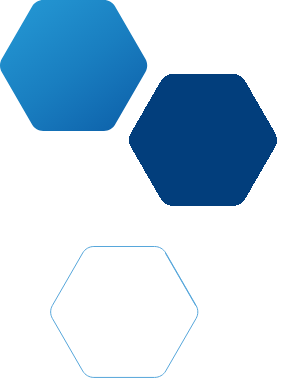Skip to content

Fact Sheets
Nuclear Energy
As energy demands continue to increase, nuclear power will be an essential part of providing affordable, reliable electricity to millions of Americans. INL’s cutting-edge research is helping making nuclear energy even more efficient and safe.
Multiple INL programs contribute to the safe operation of today’s reactor
The Solvent Extraction Equipment Testing Laboratory allows researchers to develop criteria for separations processes and makes them more efficient.
The Space and Security Power Systems Facility assembles, fuels, tests, and prepares power systems for launch.
The Test Train Assembly Facility (TTAF) is used for final assembly of experiments to be installed at the ATR.
Idaho National Laboratory’s Glenn T. Seaborg Institute is one of five in the U.S. Department of Energy’s national laboratory system named after the Nobel Prize winner and scientist Glenn T. Seaborg.
The National Reactor Innovation Center (NRIC) is establishing the Laboratory for Operations and Testing in the United States (LOTUS) test bed to accelerate the development of advanced nuclear energy technologies.
The U.S. DOE Microreactor Program performs research and development to enable microreactor development, deployment and commercialization.
The Transient Reactor Test (TREAT) Facility allows researchers to test nuclear fuels and materials in off-normal and accident conditions, providing key data that helps improve safety and efficiency.
The Versatile Test Reactor will leverage existing U.S. government and industry investments in nuclear reactors to accelerate its design and construction process.
A ZPPR facility operator performs material handling activities in the transuranic surveillance glovebox line.
Not finding what you are looking for? Please send your question to [email protected].

Battelle Energy Alliance manages INL for the U.S. Department of Energy’s Office of Nuclear Energy
Idaho National Laboratory
1955 N. Fremont Ave.
Idaho Falls, ID 83415
866-495-7440
Copyright © 2025 Idaho National Laboratory
- Home
- About
- ABOUT INL
- Contact Information
- Vision and Leadership
- Impacts
- Fact Sheets
- History
- Science & Technology Overview
- Laboratory Directed Research and Development
- FAQs
- The Top 20 Questions About Idaho National Laboratory
- BUS OPERATIONS
- FACILITIES
- User Facilities
- VISITORS
- Tours
- EBR-I Atomic Museum
- ENVIRONMENTAL
- Environmental Policy
- Cultural Resources
- Annual Site Environmental Report
- Research
- Partnerships
- LICENSING & PARTNERSHIPS
- Licensing Process
- Ways to Do Business with INL
- Guide: Partner with DOE Labs
- PROSPECTIVE SUPPLIERS
- Initiating Business with INL
- Small Business Program
- Procurement Opportunities
- Vendor Portal
- Community Grants
- Community Volunteerism
- Request A Speaker
- ECONOMIC & WORKFORCE DEVELOPMENT
- K-12 STEM EDUCATION
- K-12 STEM Education Grants
- Resource Library
- Explore STEM Careers
- Interactive Periodic Table of Elements
- News
- Careers
- Events

